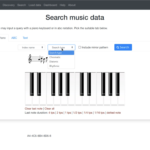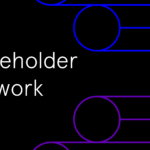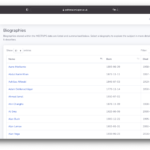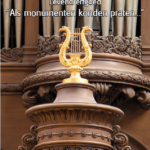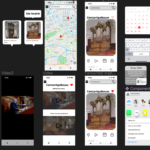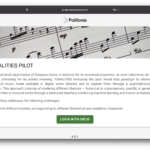Organs
The history of pipe organs
The history of pipe organs is rich and diverse, and highly interrelated to economic, religious and artistic contexts. Currently, the information about building practices and characteristics of ~2000 Dutch pipe organs is only retrievable by manually paging a 15 volumes (4,500+ pages) encyclopaedia: the Orgelencyclopedie (1997-2010). This pilot will extract a knowledge graph out of the text of the Orgelencyclopedie, which will provide digital (and quick) access to such huge and detailed knowledge, including connection to data about aspects of their wider historic contexts.
For centuries, pipe organs have been the most complex musical instruments in existence. The history of organ building is rich and diverse, and highly interrelated to economic, religious and artistic contexts. In this pilot, we will assemble a knowledge graph containing information about the histories and characteristics of virtually all important historic organs in the Netherlands. At the core of this data set is the full text of the Orgelencyclopedie (1997-2010), a 15 volume, 4,500+ pages encyclopaedia containing histories and images of almost 2,000 Dutch organs, published by het Nationaal Instituut voor de Orgelkunst (NIvO). This encyclopedia is currently the primary source on Dutch organ history, describing activities of organ builders and characteristics of the instruments in a uniform manner. But searching through the 4,500+ pages of text in search for specific information is very time consuming, let alone connecting aspects of organ history with wider historic contexts. Much valuable information is contained in unstructured running text. In the pilot project, this vast amount of knowledge will be fully made accessible in the form of a knowledge graph. This will enable detailed study of the history of organs and organ building in the Netherlands and abroad. Such a knowledge base will be highly valuable for music historians, but also for organ builders and organ advisors who are involved in restoration, maintenance, or reconstruction projects. The resulting data will be a valuable resource of knowledge on Dutch organs, used by music historians, organ advisors, the Cultural Heritage Agency of the Netherlands, organ builders, and others.
Pilot leader:
Peter van Kranenburg (Meertens Institute, KNAW)
